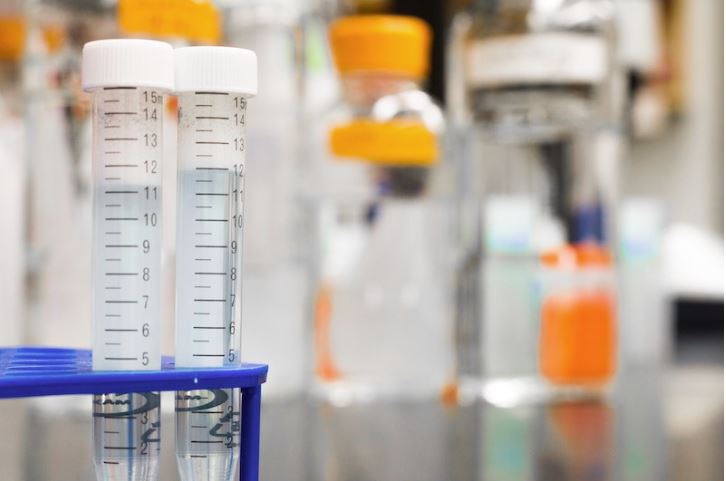Not as flashy as other sectors, but life science mustn’t be overlooked when considering new opportunities. The sector has continued to gain traction in recent years, and Chicago has been highlighted as one of the best markets for this kind of venture.
Despite turmoil in the public markets, a slowdown in VC funding and volatility in interest rates, Chicago remains well-positioned for future growth, according to a recent report by Newmark.
Still an emerging life science market compared to others across the U.S., Chicago is home to 11 research universities and several hospital systems as well as pharmaceutical and medical device companies including Abbott Labs, Abbvie, Baxter, Hospira (Pfizer), Tempus, Akorn, Fresenius Kabi, Astellas Pharma, and Horizon Therapeutics.
Leasing has remained strong throughout 2022, based on the report, and many tenants have expanded existing leases like Portal Innovations, a life science investment and incubation company, or signed new ones. And a major plus? Challenges that continue to affect tenant demand for conventional office do not exist for laboratory product—life science landlords can rely on research and development being done onsite and not remotely.
And with new leases comes more jobs. Life science job growth in Chicago continues to be strong, with the number of data and medical scientist roles increasing the most. In fact, Newmark said the number of recent graduate degrees being earned for biological and biomedical sciences has doubled in the last 15 years.
Market Stats:
Market Size: 1,527,910 SF
Rent: $35-$60 PSF
Vacancy Rate: 12%
Under Construction: 543,454 SF
Proposed: 1,950,000 SF
1H22 Venture Capital Funding: $326M
12-Month Sales Volume: $131M
Compared to Texas, another major player in the sector, Chicago sits just below Austin in terms of market size, 1.5 million square feet versus 1.6 million square feet, respectively.
Austin’s market has continued to benefit from demographic tailwinds, based on the report, with life science employment expanding nearly 74% in the last few years and expected to grow at 6.5% through 2025. Life science VC funding for healthcare and life science companies has also reportedly increased 47.8% year-over-year in 1H2022, making it among the top performing cluster markets.
The Innovation District seems to be the heartbeat the area’s sector, along with the Dell Medical School at the University of Texas at Austin. Recent developments include Parmer Labs, delivering 100,000 square feet of lab and office space in 2023, as well as the conversion of the Highland Mall into the ACC Bioscience Incubator.
To widen the lens even further, Chicago and Austin, though growing rapidly, have significantly smaller markets when compared to Houston’s 8,034,643 square feet, Philadelphia’s 11,685,611 square feet, or Maryland’s 17,259,502 square feet. The same, too, could be said for Boston, San Francisco, San Diego and Raleigh/Durham—the largest life science markets in the U.S, making up over 93 million square feet of GMP space with a future construction and renovation pipeline of 33.2 million square feet.




